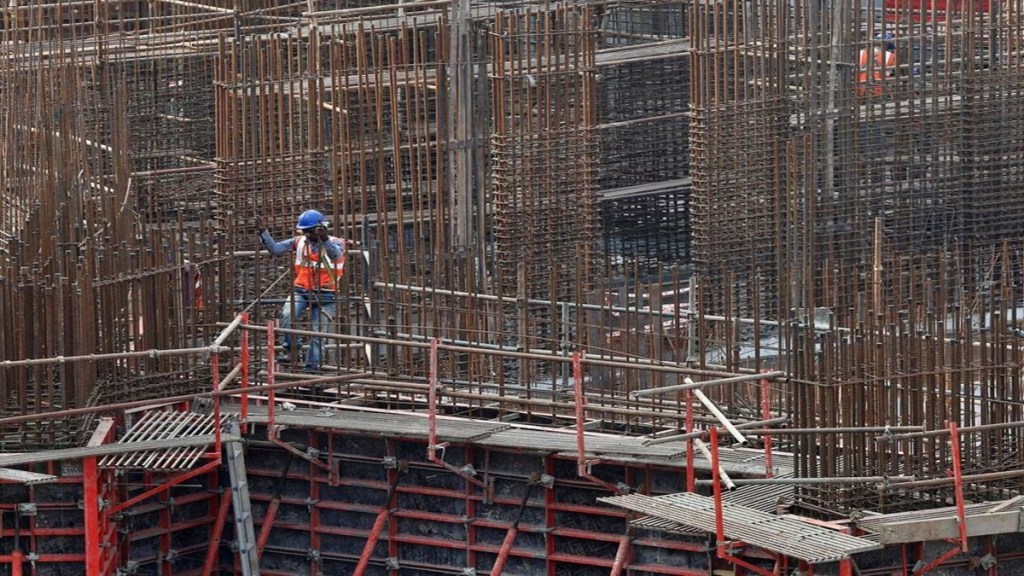With India requiring massive investments in infrastructure and green transition in the coming years and domestic financing structures making slow headway, the Centre is set to make a renewed effort to tie up global patient funds for such projects.
Close on the heels of an agreement among UK-India Infrastructure Financing Bridge, the City of London Corporation and Niti Aayog signed on September 11, discussions are being held with Saudi Arabian and Australian authorities to seek active exposure of their sovereign wealth, pension and insurance funds to Indian projects, an official source said. Concerns among such potential large investors about the Indian concession agreements would be addressed, he said.
“Projects have to be structured properly. We have to make investible and bankable projects which will attract patient private capital,” the official added.
Even though London is the world’s second-largest financial services centre with trillions of dollars in investible funds, the majority of asset managers there don’t invest in India due to information gaps about Indian infrastructure projects.
“We will work closely with the City of London to develop a tranche of projects in some fields which would serve as a proof of concept,” the official said, adding that it was no longer enough to have just bidding guidelines for investment in projects.
Major infrastructure sectors identified by the government include renewable energy, large national highway projects and railway projects. Later, projects in the ports and airports sectors will be added, the official added.
Through a dedicated set-up with Australia and Saudi Arabia akin to the UK-India Infrastructure Financing Bridge, India will clarify emerging issues related to projects for their faster resolution to help design bankable projects.
While announcing the UK-India Infrastructure Financing Bridge earlier this month, UK Chancellor of the Exchequer Jeremy Hunt said that “there is a huge opportunity.. we are looking at changes in the way our pension and insurance funds are regulated because there is a strong desire on their part to invest more in productive assets and we have a huge pool of capital that are ready to be harnessed.”
Speaking at an event recently, India’s G20 Sherpa Amitabh Kant said the world is not short of resources as almost $350 trillion are available in the world for investments. In fact, $150 trillion is available with pension funds and institutional investors, he added.
“The challenge is that there is an asymmetry of risks due to a lack of adequate data. So, the risks in projects in developing markets are much higher,” Kant said.
With the current savings not enough to sustain a high investment rate and economic growth rate in the long run, India needs accelerated foreign investment to fill the void.
So far efforts by India to lure foreign long-term capital through initiatives like the National Investment and Infrastructure Fund Limited (NIIFL) have not met with much success. Since it was launched six years ago, NIIFL manages just around $4.3 billion of equity capital commitments across its three funds. The capital formation in India in recent years is led by the public sector, mainly the central government, state governments and state-run enterprises.
Recently, Chief Economic Advisor V. Anantha Nageswaran had written in an article for S&P Global that Indian economy, in real terms, needs to grow annually at 7% to 7.5% until 2030. On the demand side, gross fixed capital formation, or investment, needs to increase from about 28% of GDP to at least 35%. To fund the increasing investment, the domestic savings rate will need to be about 36% of GDP (from around 30%), Nageswaran noted.

